
 |
| Mangrove + Aquaculture: a framework for a sustainable shoreline |
| research + goals | mangrove | aquaculture | community programs |
| The shorelines of Banda Aceh and Sumatra have been devastated by the tsunami of December 26th. Many lives have been impacted, especially those of shrimp farmers whose ponds have been wiped out. Government agencies are currently discussing plans to repair the shoreline with large swaths of mangroves to act as a buffer against future tsunami events or storms. Strategies such as this must be implemented with caution. They are the most successful when they involve the community. This project will attempt to create a program for the integration of shrimp farms within the mangrove plantations to sustain the livelihood of families who depend upon this industry. This program will provide a framework for a sustainable planned shoreline, including participation of the community. |
 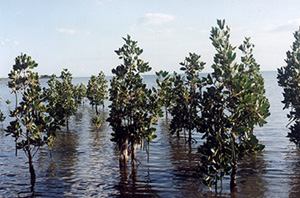  |
mangrove reestablishment : site selection |
One of the major reasons of plantation failure is improper siting. A number of factors must be considered in selecting an area for plantation. |
| Site selection is based primarily on these important factors: |
| + Type of substrate: |
| + Current species present at site |
+ Tidal height and extent of wave action |
| + Presence or absence of pests |
| type of substrate: |
Substrates that support mangrove species include: |
1. Mud . From 2-3 centimeters shallow or as deep as a few meters. Although shallow mud substrate is not recommended for a wood production plantation. |
2. Rocky or coralline . Substrates have hard shelves with thin layers of softer sediment, however because of the low soil fertility these areas are also not recommended for production forests. |
| 3. Sandy substrate s consists of very small grains of sediments. Like mud, sand may be as shallow as 2-3 centimeters or as deep as several meters. |
current species present at site: |
One of the best ways to determine which mangroves will succeed in a particular area is to look at which species are currently thriving there. If the area once supported a mangrove forest, it is more likely that the mangrove will be able to reestablish successfully. |
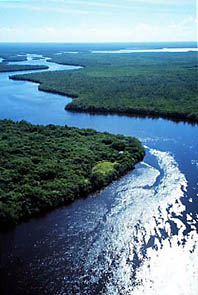 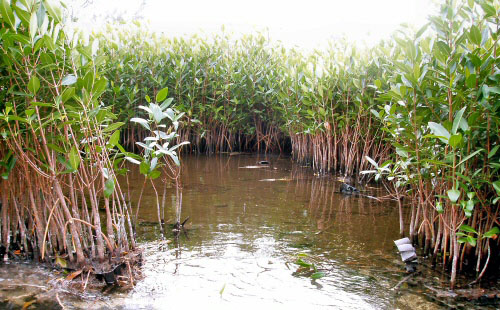 |
tidal height and extent of wave action: |
Good planting sites include: |
+ Well protected areas away from strong waves like coves, lagoons, bays and abandoned fishponds. |
+ Open areas along rivers |
+ Gaps within natural stands |
+ Stable mudflats with barrier islands |
+ Barnacle free areas |
+ Logged-over areas |
| presence or absence of pests: |
Another major factor in plantation success is the presence of pest species such as barnacles and crabs and filamentous algae. All of these species can cause problems to young plants. The most common pests are the insects who attach themselves to the mangrove stems and suck out the sap, causing the leaves to wilt. Crabs are another common type of pest that tend to cut off the top of young seedlings. |
| mangrove reestablishment : plant organization |
Several spatial organization ideas can be used in planting in order to absorb wave energy: |
+ V shaped planting, spacing should be less than 0.5 meter. |
+ Cluster planting, t o maximize survival, spacing within the clusters should be (25 x 25 centimeters). |
+ Strip planting, the strips (10 or 20 x 100 or 150 meters) are established 100-200 meters from the shore at very close spacing to withstand strong waves. |
| top |
| mangrove reestablishment : plant families |
| Because Rhizophora, Avicennia and Sonneratia are fast growing and flower within their first year, they are among the few species often used to replant mangroves either for conservation, shoreline protection, or as part of a forest management program to produce timber for construction or charcoal. |
  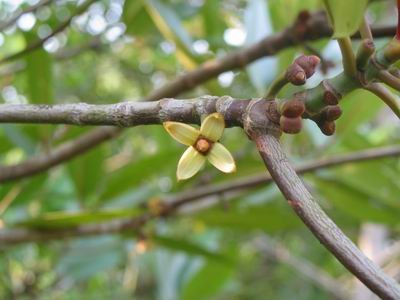 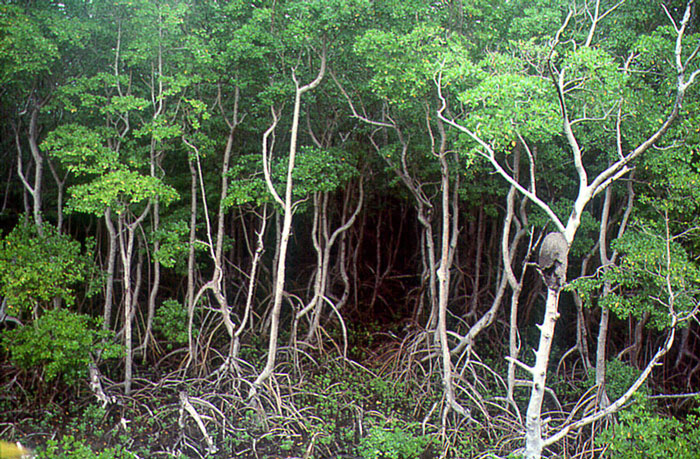 |
Rhizophora: |
| + Description: Grows 15-25m tall. |
| + Roots: All Rhizophora species have arching stilt roots emerging from the trunk and prop roots may grow downwards from branches. The roots not only hold up the tree in soft mud, but are also permeable to gases, while remaining impermeable to salts. In fact, the entire upper root system including the trunk and prop roots that emerge from the branches have this feature. Thus the roots also help the tree to breathe. Rhizophora use a system called ultra filtration at the root level to exclude salt, and whatever salt that gets through is shed later in old leaves. |
| + Flowers: long slender yellow inflorescence. The tiny flowers are wind-pollinated, producing lots of powdery pollen and no fragrance or nectar. The tree can also self pollinate. |
| + Fruits: The seed germinates in the fruit forming a seedling. Instead of falling when it ripens, the seed starts to germinate within the fruit while it is still on the tree. When the seedling finally falls, at first it floats horizontally, and drifts with the tide. It can survive for long periods at sea. After some weeks, the tip gradually absorbs water and the seedling floats vertically and starts to sprout its first leaf from the top, and roots from the bottom. When it hits land, it grows more roots to anchor itself upright, and then more leaves. Rhizophora seedlings grow rapidly to avoid being submerged at high tide, and can grow by 60 cm in the first year. |
| + Distribution: East Africa through coasts of the Indian Ocean to Southeast Asia, China, Australia, Melanesia, Micronesia. |
| + Ecology: Rhizophora grow best in wet, muddy and silty sediments. |
| + Specific Uses: Producing a low quality firewood, it is rarely used to make charcoal and is burnt only to smoke fish or rubber. |
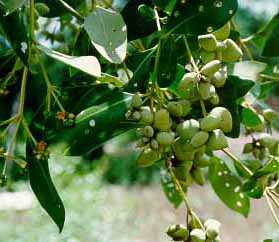 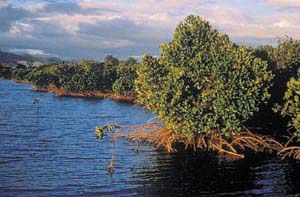 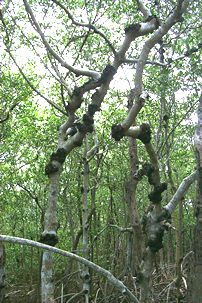 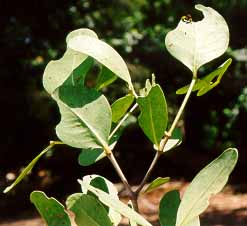 |
Avicennia: |
| + Description: Up to 25 m, tall. |
| + Roots: Numerous upright pneumatophores rise above soil from long shallow, horizontal roots. Initially their bark is brownish-gray, thin, slowly becoming rough and blackish. |
| + Leaves: are opposite, thick and leathery, about 4–12 cm long, 2–6 cm wide, rounded at tips. |
| + Flowers: many 2–12 together, sessile, malodorous, 7–10 mm long, 12–15 mm across. Calyx 5-lobed, hairy on edges, with resin dots; corolla bell-shaped, tubular, yellow or yellow-brown, turning orange, with 4 unequal spreading lobes, stamens 4, inserted in notches of corolla tube; ovary conical, hairy, imperfectly 4-celled with 4 ovules, style threadlike; stigma 2-forked. |
| + Fruit: a capsule in a broad ovoid shape, flattened, 2.5 cm long. Seed 1, large, flattened, without seed coat, germinating in water. + Distribution: Coasts of southern Asia to Australia and Oceania. Sri Lanka through coasts of Vietnam, Thailand, and Peninsular Malaysia to the Philippines, Sumatra, Madura, Java, Borneo, Celebes, Sunda Islands, Molucca Islands, and New Guinea; south in Australia to New South Wales. + Ecology: Estimated to range from Tropical Moist to Wet through Subtropical Moist to Wet Forest Life Zones, and tolerate an annual precipitation of 10 to 45 dm and an annual temperature of 20 to 26°C. Found mostly on brackish or saline silts of depositing shores and marshes. + Specific Uses: The wood is used to construct boats, houses, and wharves. The bark is used for dying cloth, while the ash can be used for dying it. Branches are chopped off and given to cattle for fodder. Its wood is attractive enough of grain to be useful in cabinetry. The seeds are boiled and eaten, often sold in markets as vegetables. The heartwood is used to make tonics and the bark and seeds are used as a fish poison and resin used in birth control. |
 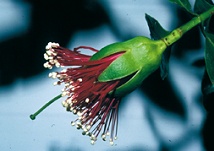 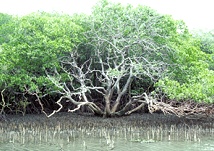  |
Sonneratia: |
| + Description: Up to 30 m tall. |
| + Roots: They use ultra filtration at the root level to exclude salt. |
| + Ecology: Sonneratia alba can tolerate wide fluctuations in salinity and often grow on exposed, soft but stable mud banks low on the tidal mudflats. It is believed that they store excess salt in old leaves which they later shed. The bark of young Sonneratia is covered with a layer of wax, probably to protect it against water loss and attacks by creatures great and small. |
| + Leaves: Leaves may be eaten raw or cooked. The ripe fruit are eaten by people from Africa to the Malays and Javanese, and are said to taste like cheese. In Eastern Africa the leaves are used a camel fodder. |
| + Specific Uses: Sonneratia is used for firewood, but is not the preferred mangrove tree for this purpose. Although it produces a lot of heat, it also produces a lot of ash and salt. The heavy timber is resistant to shipworm and pests and is used for building boats, piling and posts for bridges and houses. However, the wood corrodes metal, probably because of the timber's high mineral content. The pneumatophores are made into floats for fishing nets. Because Sonneratia species regenerate branches easily from their trunk, it is possible to harvest branches without hurting the tree and maintain mangroves for such harvests (called coppicing. Sonneratia caseolaris is used in poultices for cuts, bruises (Burma) and sprains and swellings. Ripe fruit are used to expel intestinal parasites (Malay) and half-ripe fruit for coughs. |
| top |
| mangrove forest products: |
Fuel: Construction: Fishing: Agriculture: Other Products: |
Textiles, Leather: Food, Drugs, and beverages: Household Items: |
| top |
| mangrove habitat: |
| zone 1: seaward |
| tidal regime: daily, including neap tides. |
| soil types: coral rubble, sandy, sandy-loam. |
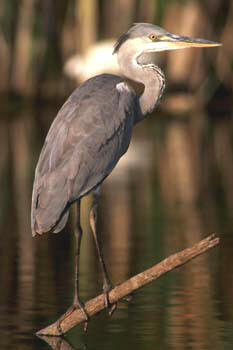  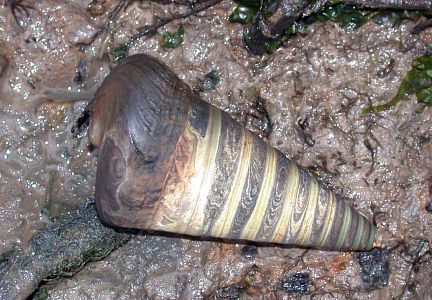 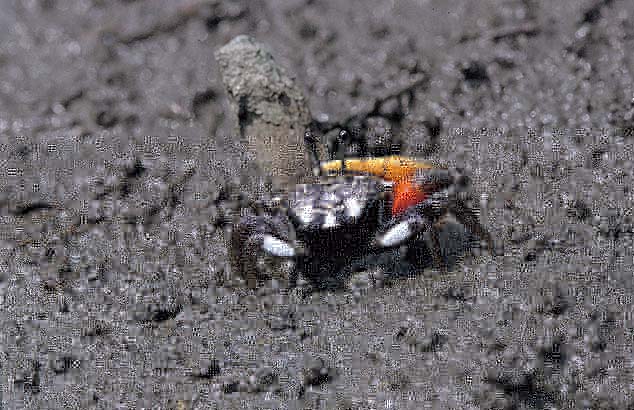 |
zone 2: middle zone |
| tidal regime: daily except during neap tides. |
| soil types: silty to silty-clay . |
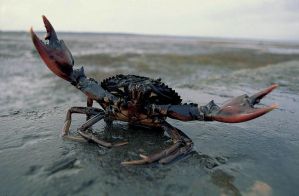  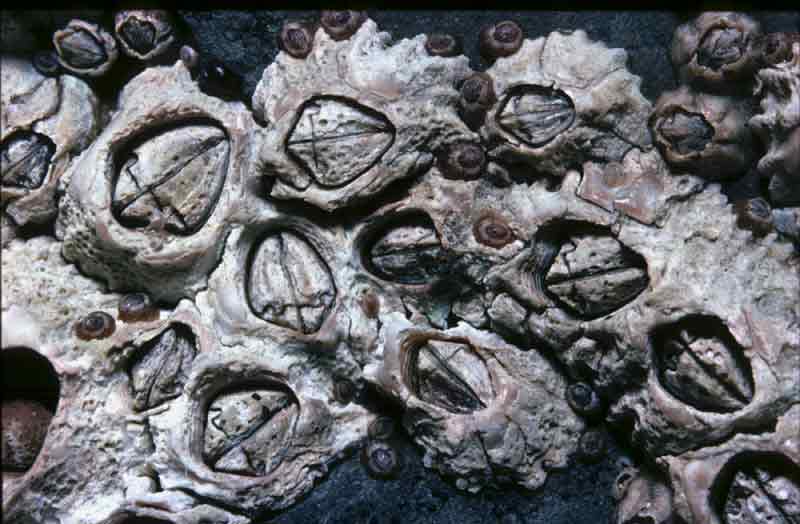 |
| zone 3: landward |
| tidal regime: inundated only during spring tides. |
| soil types: silty to silty-clay. |
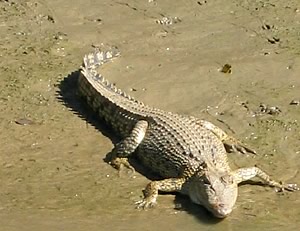 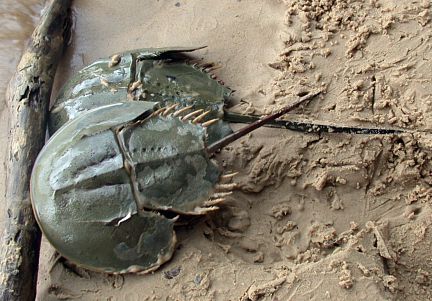  |
| zone 4: riverine (rivermouth to upstream) |
| tidal regime: variable inundation, brackish/freshwater influence |
| soil types: sandy to silty clay |
  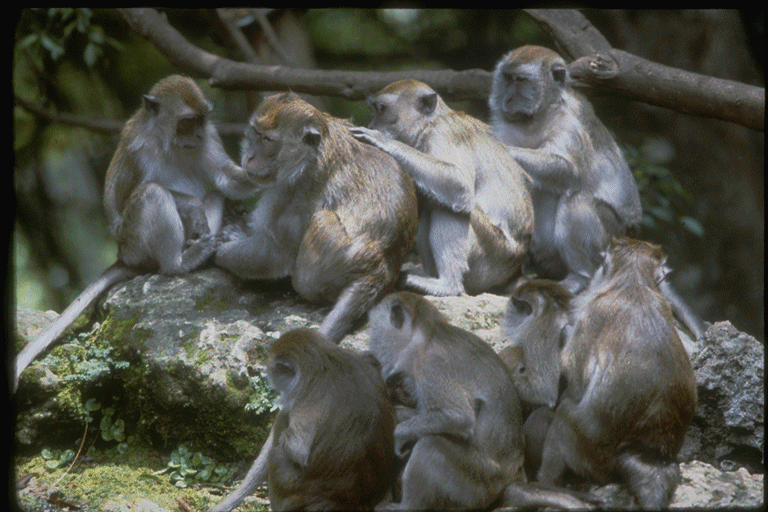 |
resources: |
The Philippines Coastal and Fisheries Management Information Center- http://oneocean.org/ |
Mangrove and Wetland Wildlife at Sungui Buloh Natural Area- http://www.naturia.per.sg/buloh/plants/plants.htm |